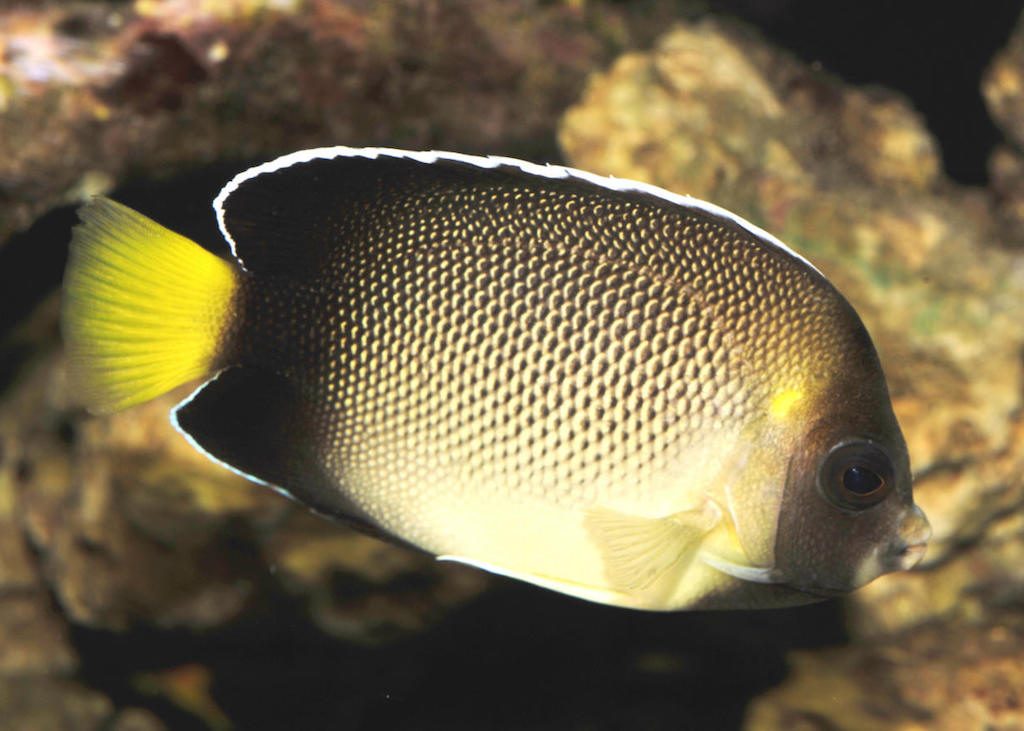
Sometimes called the Cream Angelfish or Yellowtail Angelfish, the Xanthurus Angelfish (Apolemichthys xanthurus) is a saltwater angelfish that hails from the Western Indian Ocean, Sri Lanka and India’s east coast. It gets its names because of its creamy tan/brown overall coloring and yellow tail. Its body shape is less disc shaped than some other varieties of saltwater angelfish. It may not sport the bright, fluorescent colors of some other species of angelfish, but the xanthurus angelfish is subtle in its elegance.
For many species of saltwater angelfish, the juveniles look entirely different than they do once they become adults, but this isn’t the case for this fish. Both the juveniles and the adults look quite similar.
When fully grown, the xanthurus angelfish is about 6 inches, which makes it perfect for those with smaller home tanks. This fish is generally peaceful and relatively hardy, which make it ideal for the beginning hobbyist.
Table of Contents
Tank Considerations
While the xanthurus angelfish is considered to be on the smaller side of the saltwater angelfish spectrum, and can do well in smaller tanks, you should still plan on giving it plenty of room. Most experts say you can get by with a 75 gallon tank, but you may want to go up to 100 gallons because it is a very active fish and needs plenty of room to swim.
This saltwater angelfish is very peaceful and tends to get along well with a variety of tank mates although they can be overly aggressive with their own kind. When you first introduce them to their new home, they may be shy and seek out hiding places, but as they become accustomed to their new environment, they’ll become more willing to come out and show off.
If you plan to keep this saltwater angelfish with other varieties of angelfish, you might want to bump up your tank size to at least 180 gallons or more to give the rival species plenty of room so they’re not encroaching on each other’s territories.
In the wild, these fish like to pick at corals, and will most certainly wreck your mini reef aquarium.
These fish prefer a water temperature somewhere between 72˚ – 82˚ Fahrenheit with a pH range of 8.0 – 8.4, medium water hardness, and a specific gravity of 1.023 – 1.025.

As mentioned, these fish will pick apart a mini reef if you have one, but you should include plenty of rock both living and non-living to give them ample places to hide when they feel threatened or stressed.
Unlike many other varieties of saltwater angelfish, the xanthurus angelfish is much more hardy and doesn’t require quite the amount of attention as other species. That said, they still need excellent water conditions in order to remain healthy. In addition, watch so the pH level doesn’t drop below 8.0 as this can cause disease or death.
If you have a smaller tank (75 gallons) do a 20% water change every other week. If your setup is 100 gallons or more, then a change of 30% every other week is recommended.
These fish like to pick at algae so try to have plenty of healthy growth on your rocks to help these fish acclimate.
Health and Care
Although the xanthurus angelfish is a very hardy fish, they are susceptible to many of the diseases that plague most saltwater angelfish. These diseases include White Spot Disease (Cryptocaryon irritans) also known as Marine Ich, Saltwater Ich or simply Crypt. This is the most common ailment that affects these fish and is usually brought about due to stress, which can result from rapidly changing water conditions, sudden drop in pH, overly aggressive tank mates, and poor diet/nutrition. Symptoms of Crypt include scratching against rocks or other surfaces and the appearance of white spots over the body.
Another common disease that can affect these fish is called Velvet Disease (Oodinium ocellatum), which manifests as a velvety brown coating that covers the body.
Unlike other species of saltwater angelfish, the xanthurus angelfish is easier to treat should it become infected, and there are a number of high quality medications available from your local pet retailer for treatment of virtually any type of disease or parasite.
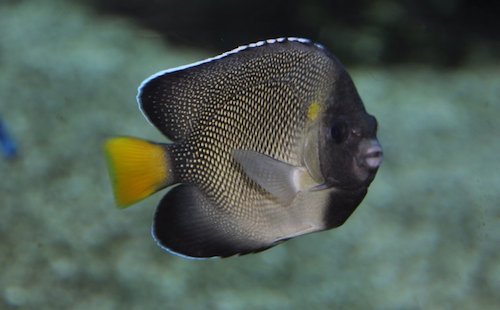
Diet
As with most saltwater angelfish, the xanthurus angelfish is an omnivore, which means it’ll happily dine on both vegetable and animal matter. In the wild, their diet is mostly vegetable, but they do enjoy a treat of sponges and tunicates. At home, a diet that’s heavier on food for herbivores with a bit of sponge added will make them happy. They can also accept chopped seafoods and some varieties of flake food.
One of the behaviors that makes this fish popular with hobbyists is that once it becomes familiar with you and it’s feeding schedule, it may swim up to the surface and take food right out of your hand.
Most experts say these fish should be fed two to three times a day.
Breeding
As of yet this species hasn’t yet been successfully bred in captivity nor has it been bred in a farm environment.
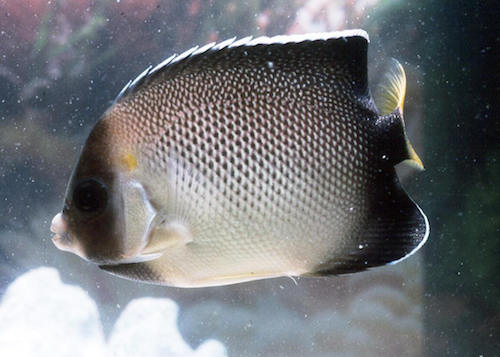
Summary
- Fish size: Up to 6 inches
- Tank size: 75 gallon minimum
- Diet: Omnivore
- Water temperature: 72˚- 82˚ Fahrenheit
- Water hardness: 8-12 dKH
- Specific gravity: 1.023 – 1.025
- Water pH: 8.0 – 8.4
- Breeding: Very difficult
The xanthurus angelfish is an easy to care for, hardy fish that is perfect for the beginning hobbyist. They’re peaceful and even-tempered and get along well with most tank mates. If you give them a healthy diet, perform regular water changes and minimize their stress, these fish will keep you happy for up to 10 years or more.
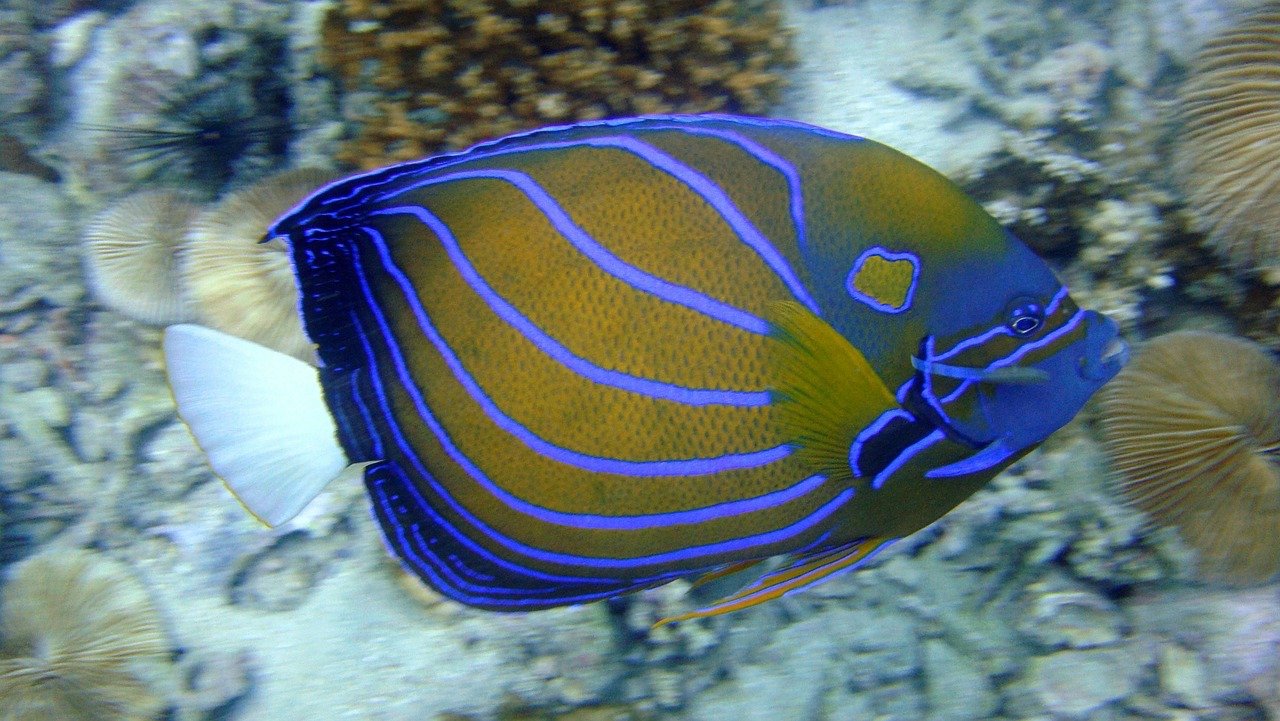

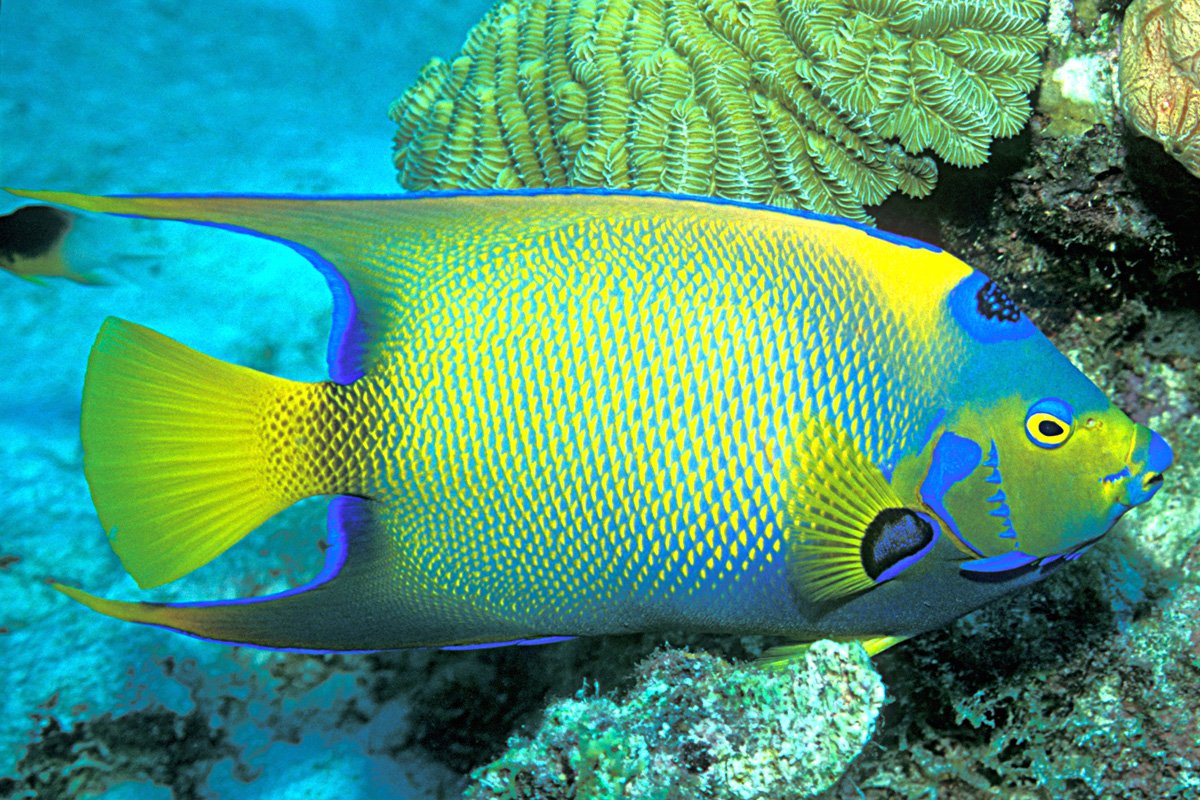
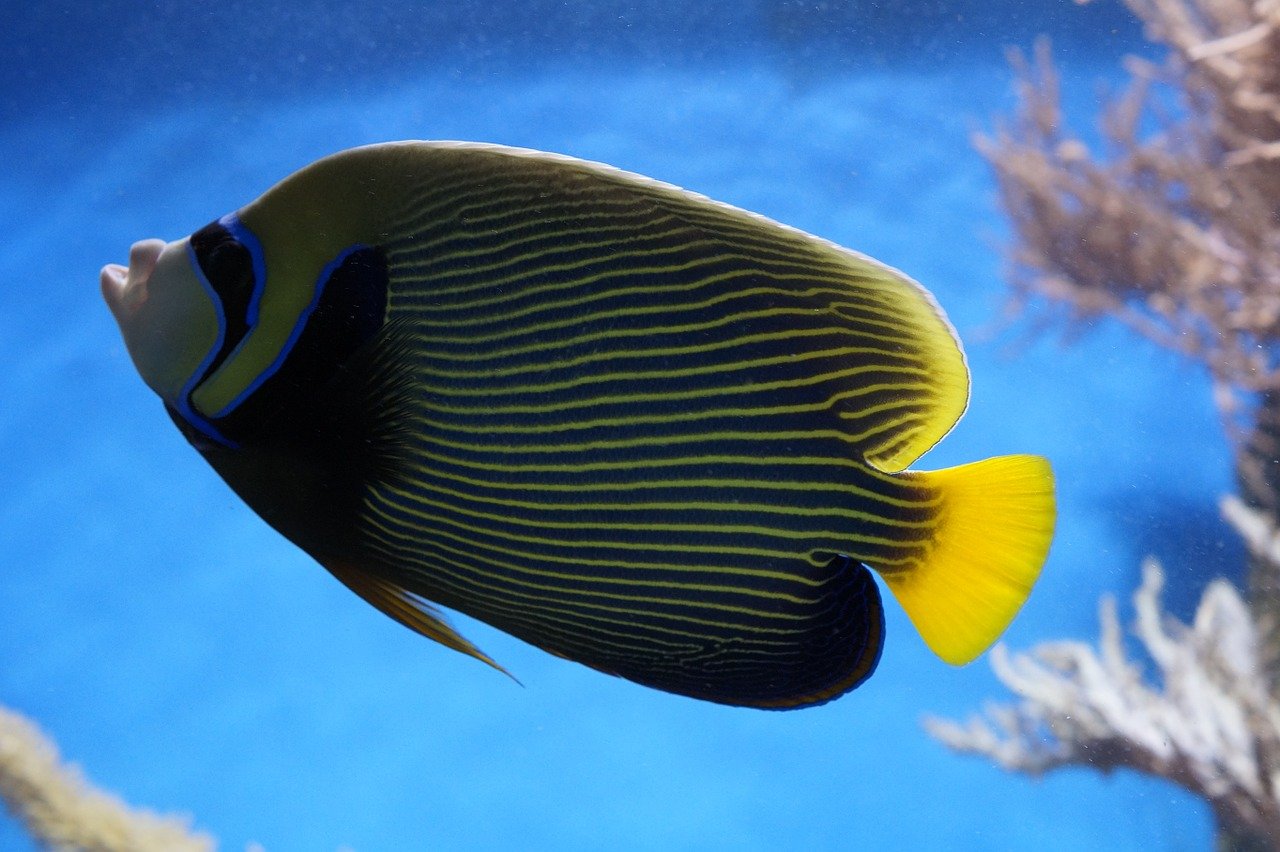
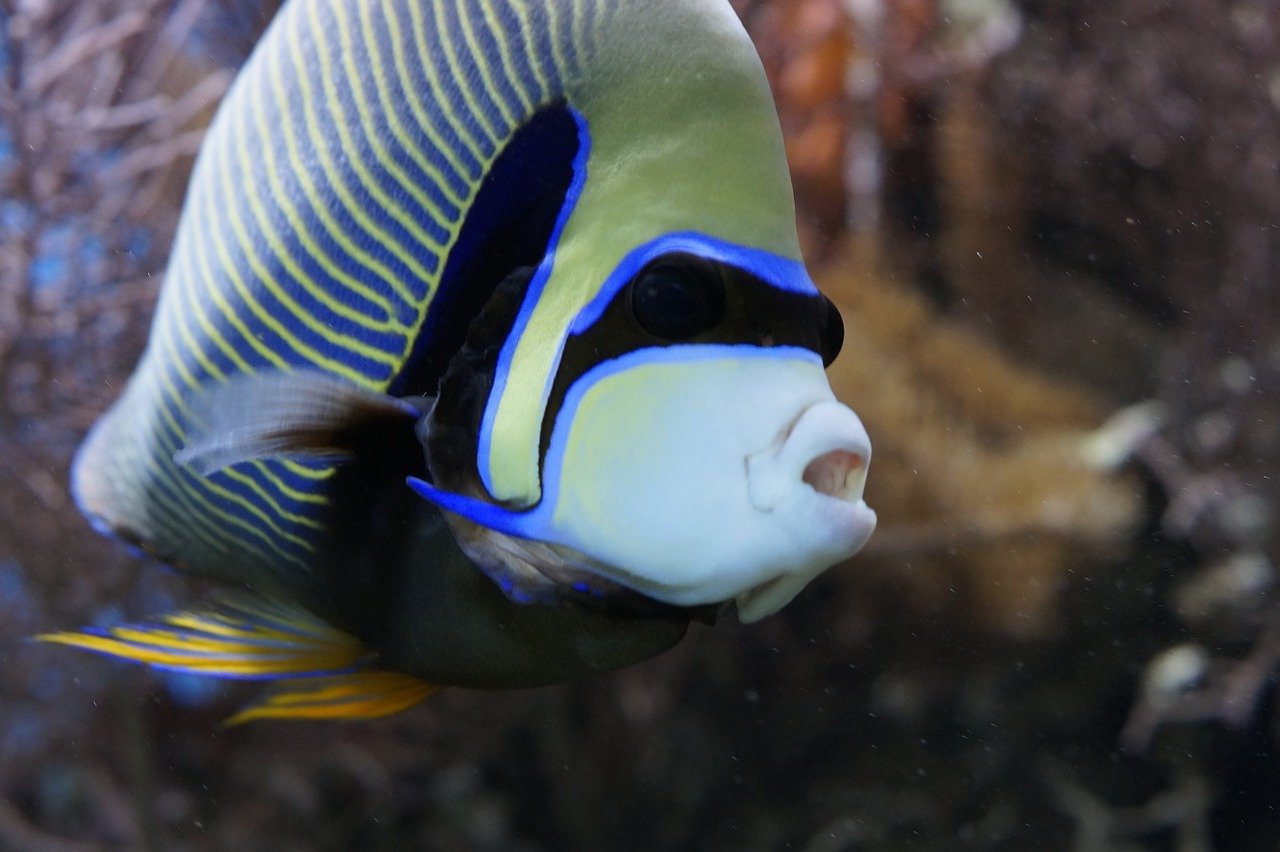
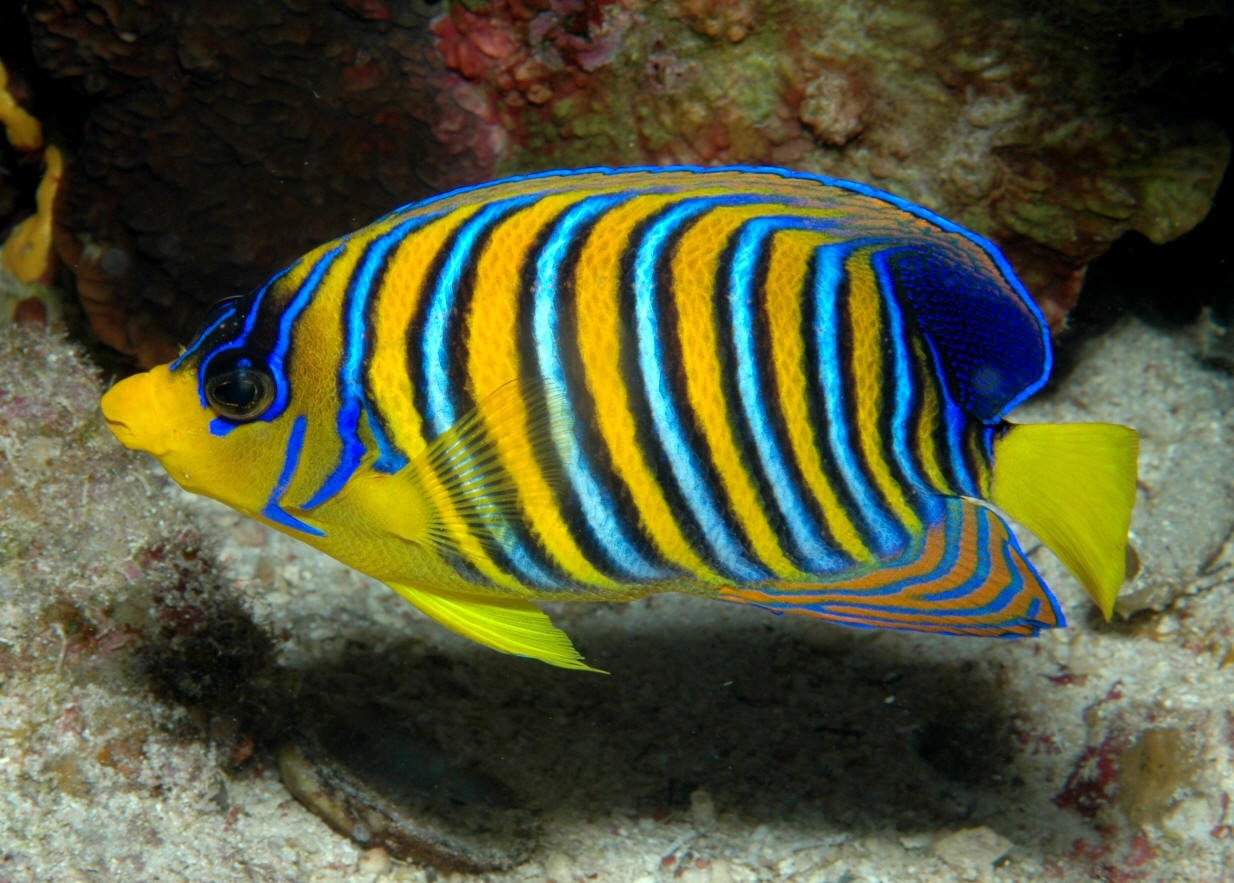
Leave a Reply